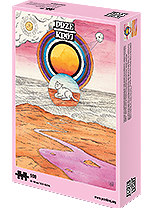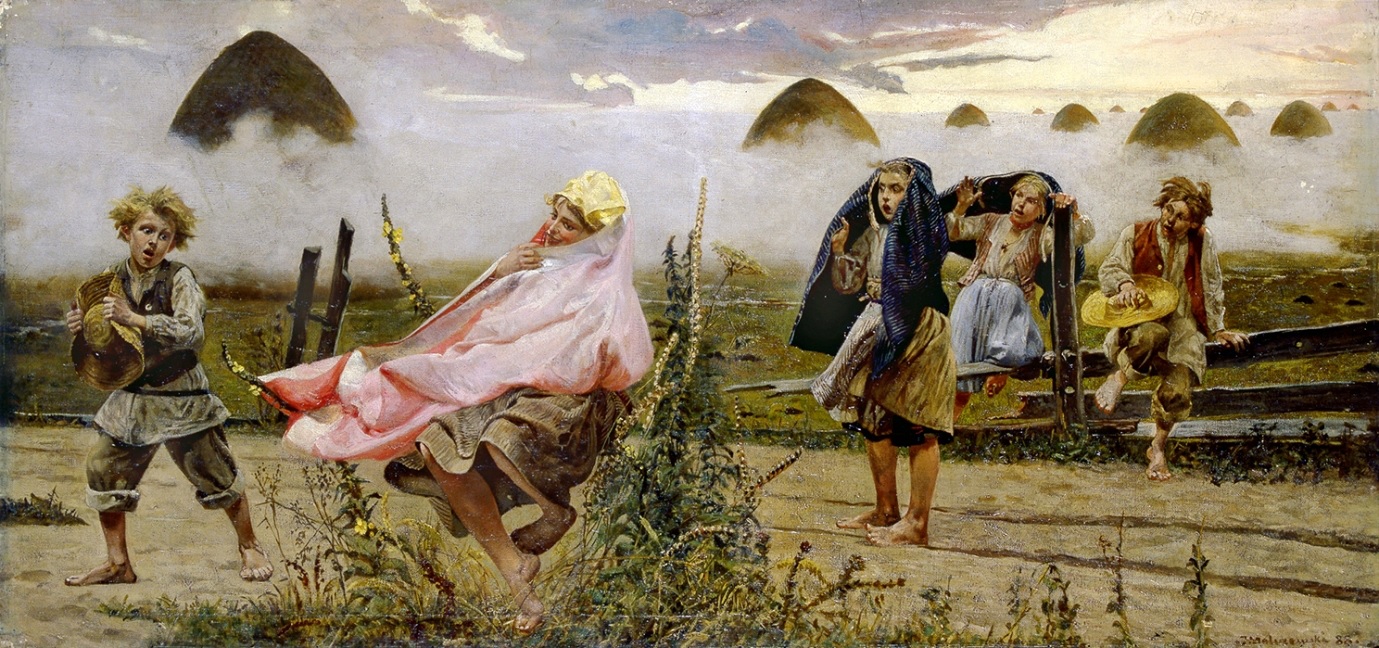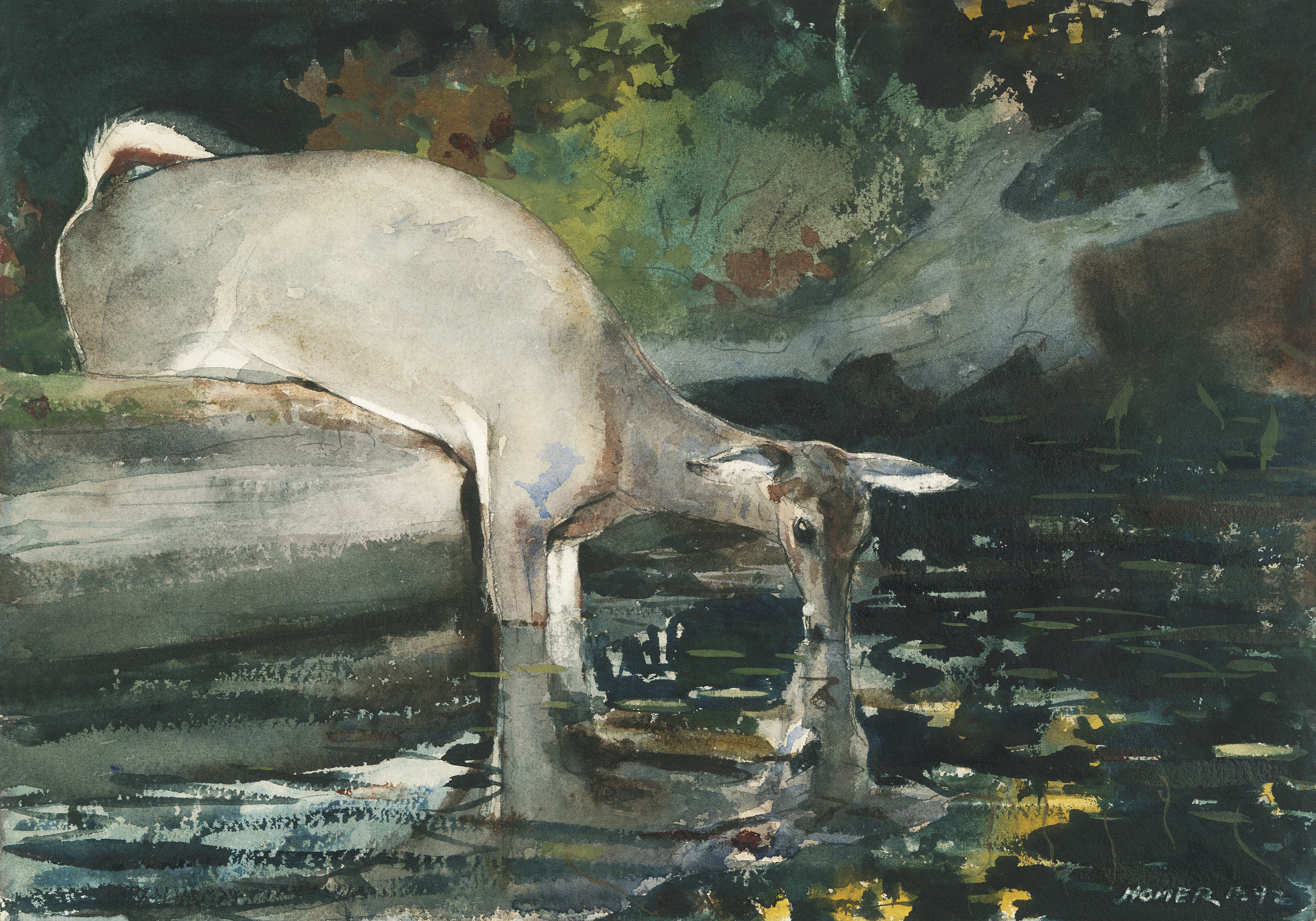
Return to the source? By all means, as long as you proceed with extreme caution. An encounter with an utopiec – the ghost of a drowned man – or any other water demon, even the most alluring, is a far from pleasant experience. According to numerous folk legends, a source of spring water can lead you to the source of serious trouble…
I live in the city, but our house is next to the forest, and it so happens that our nearest local intake of Oligocene water is – untypically – in that forest. ‘Water intake’ is an official term – it sounds technical and makes one think of the subjugation of nature: ‘taking something in’ is like capturing or imprisoning it. It doesn’t reflect the ancient symbolic significance of the source, and indeed, the site to which we make our pilgrimage through the woods to fetch spring water is known as ‘the source’. It is a source in the symbolic sense, even if the professionals call it an artesian well, and can tell us how our water comes from in between layers of glauconite rock millions of years old, dating back to the Oligocene era. Say what you like, the soul has no concept of an artesian well, but it knows what a source is.
We all go there at any time of year – whether acquainted or not, we recognize each other by sight, with our cans or reusable bottles stuffed into backpacks or bags on wheels. The little source summons us, and we enjoy visiting it, whether it’s a bright summer night or a winter afternoon. Each of us heads towards it, following our own route, but always in the silence that our forest-host gently but firmly imposes on its guests. Mud or sand (or





